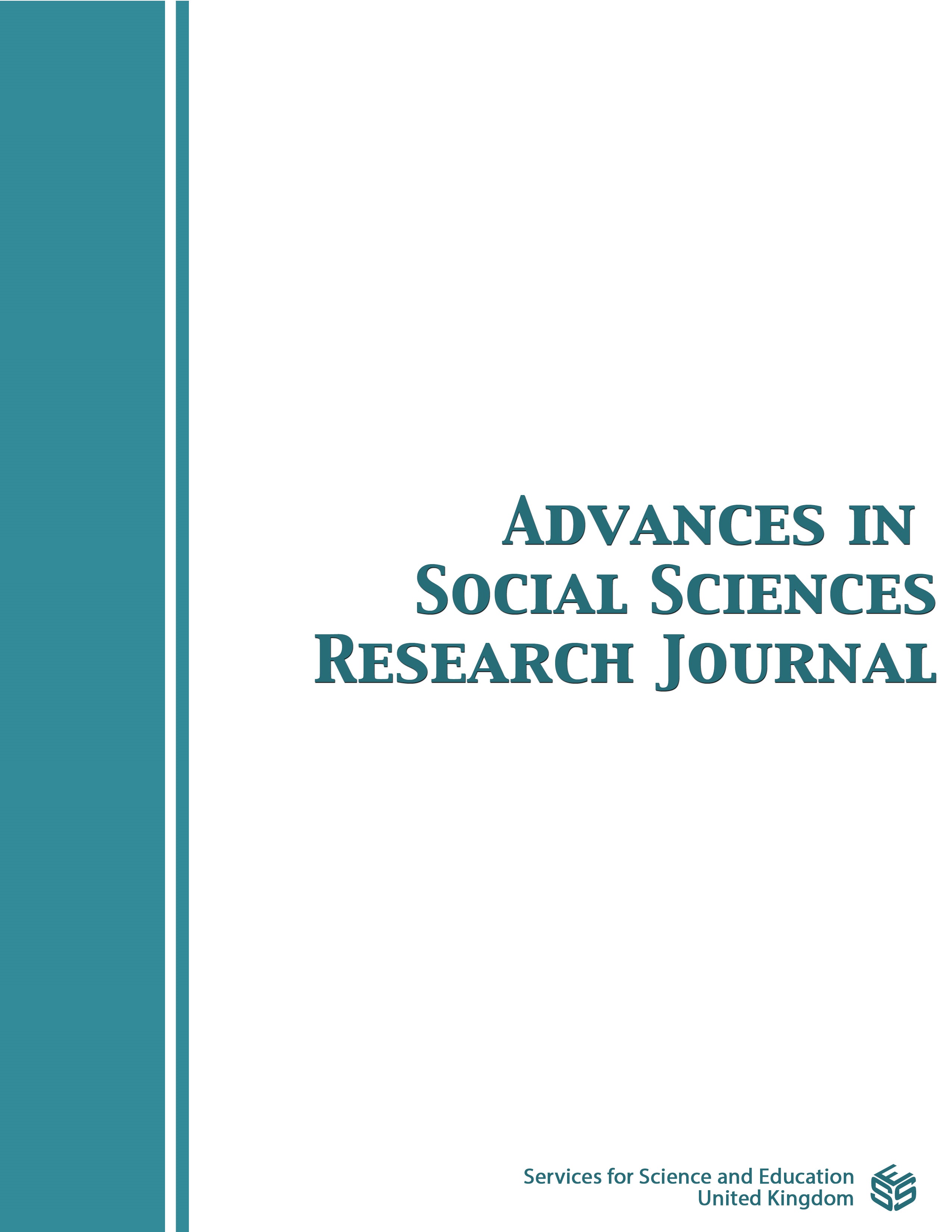Deliberate Techniques in Teaching ESP at Polytechnic University of Tirana
DOI:
https://doi.org/10.14738/assrj.91.11657Keywords:
ESP materials, GE level, feedback, setting, assessment, Polytechnic UniversityAbstract
The purpose of the article is to present and find out the techniques used in teaching English for Specific Purposes at Polytechnic University of Tirana, whether the syllabus and materials used are effective, and whether the feedback from the students is positive.
This is mostly a qualitative study. Two lecturers from the Foreign Language Centre, part of the Polytechnic University of Tirana, were selected in this study to obtain and analyze the real data. There was also a questionnaire from two students’ groups that had already taken ESP classes, a subject in their first semester. The data were analyzed by using descriptive analysis. The results showed that teachers used a variety of methods in teaching ESP to students of Engineering Branches. The methods resulted mostly successful, and there was mainly positive feedback from students, but it also leaves space for improvement and suggestions on steps that could be taken in order to achieve more and better practical outcomes.
After having studied the textbooks and CD, teachers modified these teaching materials based on students’ prior knowledge in the field of ESP and adapted them with their syllabuses and lesson plans. The materials used tend to develop all the necessary skills (reading, listening, speaking, writing) and competencies needed from the students (linguistic, socio-linguistic, pragmatic) in compliance with the Common European Framework of Reference for Languages (CEFR).
As an assessment method, both oral and written tests were used at the end of the teaching period that corresponded to the end of the Semester. However, continuous assessment, including also the constant feedback during the classes, was part of the general assessment for the students to obtain the final mark.
Downloads
Published
How to Cite
Issue
Section
License
Copyright (c) 2022 Fatmir Vrapi, Viola Karapici

This work is licensed under a Creative Commons Attribution 4.0 International License.
Authors wishing to include figures, tables, or text passages that have already been published elsewhere are required to obtain permission from the copyright owner(s) for both the print and online format and to include evidence that such permission has been granted when submitting their papers. Any material received without such evidence will be assumed to originate from the authors.






